
About Writ Jurisdiction of High Courts:
- According to Articles 12-35 of the Indian Constitution, every citizen is given a number of Fundamental rights.
- Article 32 and Article 226 provide a remedy for the protection of fundamental rights by allowing the Supreme Court and the High Court’s, respectively, to issue writs when a citizen's basic rights are violated.
- It allows the courts to issue formal orders to the authorities in cases of violations of fundamental rights by government authorities or government bodies.
- Article 226 empowers the High Courts to issue writs not only for the enforcement of fundamental rights but also for any other legal right. Thus, writ jurisdiction of the High Court is wider than that of Supreme Court (SC) because the SC can issue writs only for the enforcement of fundamental rights under Article 32.
- The remedy provided under Article 226 of the Constitution is a discretionary remedy of the court and thereby cannot be claimed as a matter of right.
- Thus, unlike the Supreme Court, which must issue writs when fundamental rights are violated (since the right to approach the SC in case of a violation of a Fundamental Right is in itself a Fundamental Right), the High Court has discretion when granting writs.
- Under Article 226, a writ petition can be filed before any High Court within whose jurisdiction the cause of action arises, either wholly or in part.
- It is immaterial if the authority against whom the writ petition is filed is within the territory or not.
Types of writs mentioned in the Indian Constitution:
- Habeas Corpus:
- ‘Habeas Corpus’ literally means “to have a body of”.
- This writ is used to release a person who has been unlawfully detained or imprisoned.
- By virtue of this writ, the Court directs the person so detained to be brought before it to examine the legality of his detention.
- If the Court concludes that the detention was unlawful, then it directs the person to be released immediately.
- Mandamus:
- Mandamus’ means ‘we command’.
- It is issued by the Court to direct a public authority to perform the legal duties which it has not or refused to perform.
- It can be issued by the Court against a public official, public corporation, tribunal, inferior court or the government.
- It cannot be issued against a private individual or body, the President or Governors of States, or against a working Chief Justices.
- Prohibition:
- It is issued by the High Court or the Supreme Court to the subordinate court or the tribunal to prevent them from exceeding their jurisdiction which hasn’t been vested upon them under the law.
- It cannot be applied to statutory bodies, administrative agencies, or private individuals or businesses.
- Only judicial and quasi-judicial organisations are subject to it.
- Certiorari:
- It is issued by the High Court or the Supreme Court to the judicial or quasi-judicial authorities when such authority passes the order without having jurisdiction in such case, exceeding the jurisdiction conferred upon it, or when it violates the principle of natural justice.
- It is issued against a lower court or tribunal in order to transfer the matter to another superior body for careful consideration.
- Quo Warranto:
- It is issued by the court to inquire into the legality of the claim made by the person who is holding a public office.
- The ministerial office cannot be the target of it.
- This writ is used to determine who has the legal authority to hold a public office in the event of a disagreement.
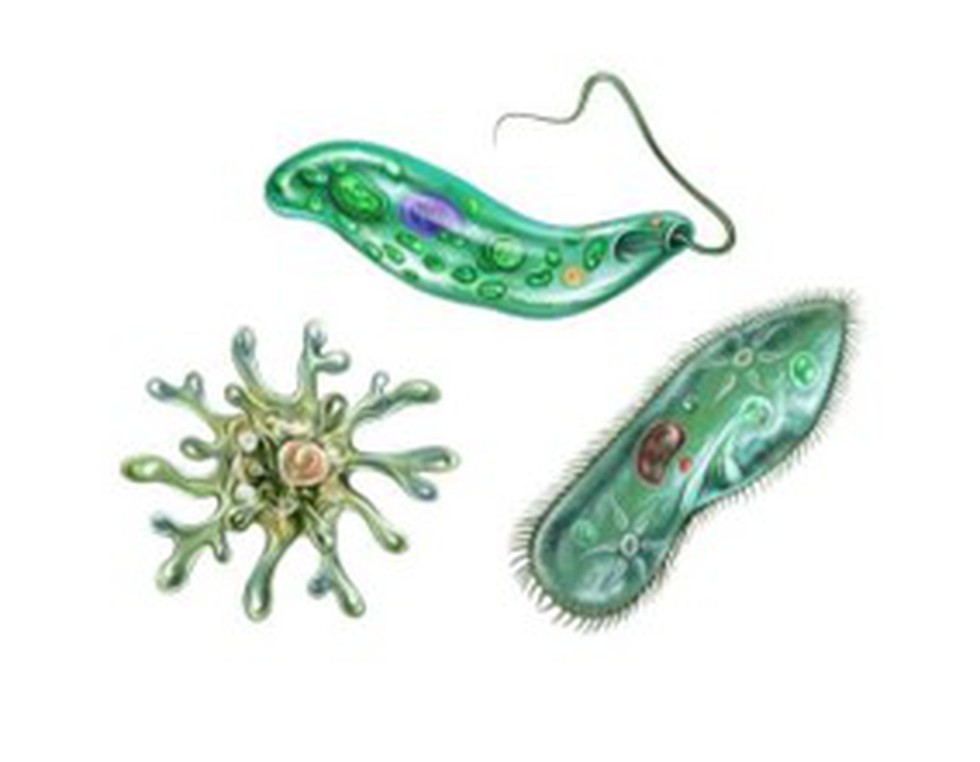
About Protists:
- Protists are a diverse collection of organisms that do not fit into animal, plant, bacteria, or fungi groups.
- Kingdom Protista is one of the six kingdoms of life (the others being Eubacteria, Archae, Fungi, Plantae, and Animalia).
- Protists are believed to be the common ancestral link between plants, animals, and fungi from which these three groups branched out in the process of evolution.
- Protists are eukaryotes as they possess a nucleus and other membrane-bound organelles (structures that perform a specific job).
- The majority of them are unicellular, like an amoeba; however, a few protists are multicellular, like seaweed.
- However, multicellular protists do not have highly specialized tissues or organs.
- Most protists have mitochondria, the organelle that generates energy for cells to use. The exceptions are some protists that live in anoxic conditions or environments lacking in oxygen.
- Habitat: Nearly all protists exist in some type of aquatic environment, including freshwater and marine environments, damp soil, and even snow.
- Many protists, such as algae, are photosynthetic and are vital primary producers in ecosystems.
- Some protists are responsible for a range of serious human diseases, such as malaria and sleeping sickness.
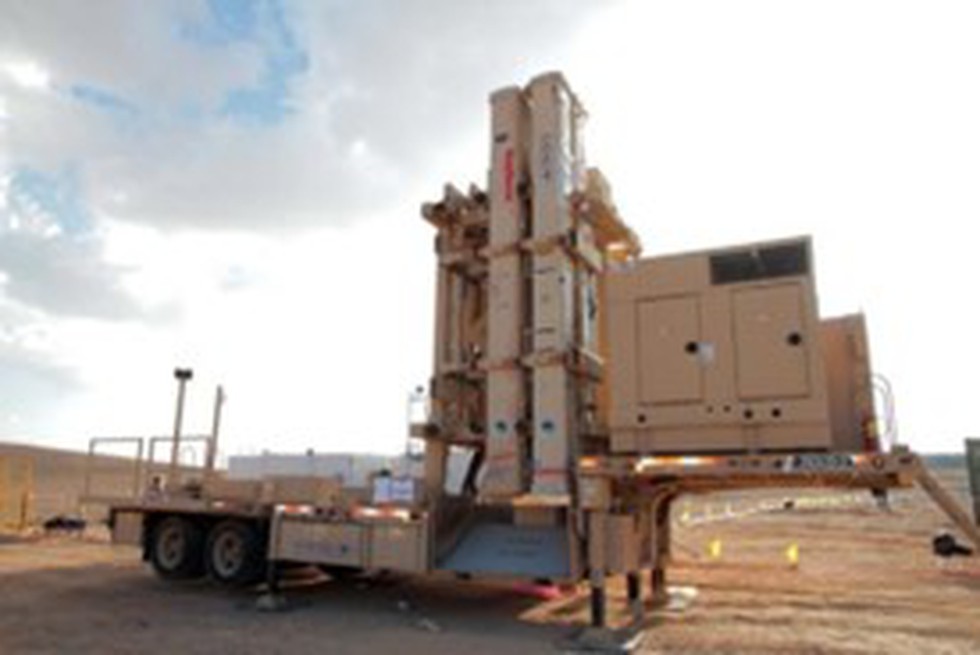
About David’s Sling:
- It is an Israeli medium-range air defense system designed to defeat short-range ballistic missiles, large-caliber rockets, and cruise missiles.
- Co-developed with the United States, it occupies middle part of Israel's sophisticated and multi-layer air-defense network, between the point-defense Iron Dome and upper-tier Arrow systems.
- Features:
- It incorporates a vertical missile firing unit, a fire control radar, a battle management/operator station, and the Stunner interceptor.
- Each firing unit can hold up to 12 missiles.
- It is designed to intercept ballistic and cruise missiles at ranges of 40 to 300 km.
- It uses a three-pulse solid propellant motor to reach speeds of up to Mach 7.5; its first two pulses accelerate the missile through its initial trajectory while the third activates to maneuver the interceptor and increase speed prior to intercept.
- Unlike Iron Dome’s, Stunner has no warhead, defeating targets by striking them directly.
- Each Stunner missile costs an estimated $1 million to produce.

About Inter-Parliamentary Union (IPU):
- IPU is the international organization of Parliaments.
- I was established in 1889 in Paris to promote representative democracy and world peace.
- The IPU facilitates parliamentary diplomacy and empowers parliaments and parliamentarians to promote peace, democracy, and sustainable development around the world.
- It was the first multilateral political organization in the world, encouraging cooperation and dialogue between all nations.
- Slogan: “For democracy. For everyone”
- Today, the IPU comprises 179 member parliaments and 13 associate members.
- It promotes democracy and helps parliaments become stronger, younger, gender-balanced, and more diverse.
- It also defends the human rights of parliamentarians through a dedicated committee made up of MPs from around the world.
- The IPU moved its headquarters to Geneva in 1921.
- Funding: The IPU is financed primarily by its members out of public funds.
- Structure:
- IPU Assembly:
- It is the principal statutory body that expresses the views of the IPU on political issues.
- It brings together parliamentarians to study international problems and make recommendations for action.
- Governing Council:
- It is the plenary policymaking body of the IPU.
- It is composed of three representatives from each member parliament.
- The President of the IPU is ex-officio President of the Governing Council.
- The Council establishes the annual programme and budget of the IPU.
- Occasionally, the Council considers substantive issues and adopts thematic resolutions and policy statements.
- A number of committees and working groups are subordinated to it and report to the Council on their work.
- Executive Committees:
- In accordance with the IPU statutes, this 17-member body oversees the administration of the IPU and provides advice to the Governing Council.
- The 15 members of the Executive Committee are elected by the Council for a four-year term.
- The President of the IPU is an ex officio member and President of the Committee.
- Standing Committees: There are three Standing Committees set up by the IPU Governing Council to assist the Assembly in its work.
- Meeting of Women Parliamentarians:
- It is a separate organ of the IPU, which meets on the occasion of the first round of Statutory Meetings of the IPU and reports on its work to the Governing Council.
- The meeting can be attended by the parliamentarians of both sexes.
- The agenda of the meeting includes one but not more than two substantive items for debate, which may relate to the competence of the Assembly.
- IPU Assembly:
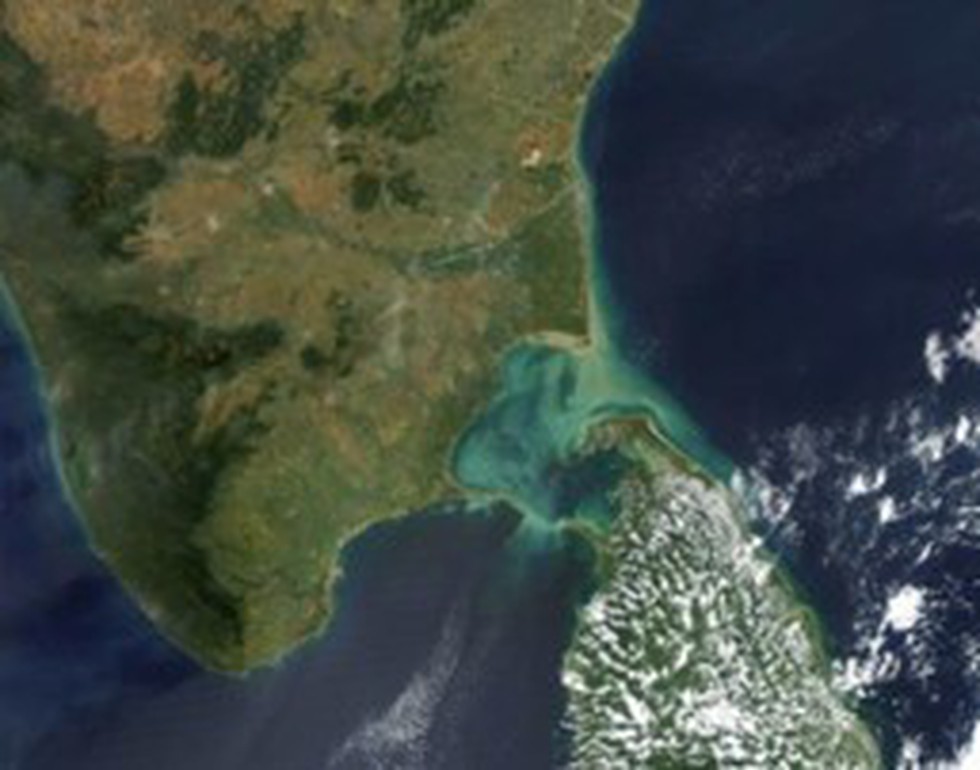
About Palk Strait:
- It is a strait that lies between the Tamil Nadu state of India and the island nation of Sri Lanka.
- The strait is named after Robert Palk, who was a governor of Madras Presidency (1755-1763) during the British Raj period.
- It is bounded on the south by Pamban Island (India), Adam’s (Rama’s) Bridge (a chain of shoals), the Gulf of Mannar, and Mannar Island (Sri Lanka).
- It connects the Bay of Bengal in the northeast with the Gulf of Mannar in the southwest.
- The southwestern portion of the strait is also called Palk Bay.
- The strait is 40 to 85 miles (64 to 137 km) wide, 85 miles long, and less than 330 feet (100 metres) deep.
- Several rivers flow into it, including the Vaigai River of Tamil Nadu.
- The port of Jaffna, the commercial centre for northern Sri Lanka, lies on the strait.
Key Facts about Adam’s Bridge:
- Adam's Bridge, also known as Rama's Bridge or Rama Setu, is a chain of limestone shoals, between Pamban Island, also known as Rameswaram Island, off the south-eastern coast of Tamil Nadu, India, and Mannar Island, off the north-western coast of Sri Lanka.
- Geological evidence suggests that this bridge is a former land connection between India and Sri Lanka.
- The bridge is 50 km long and separates the Gulf of Mannar (south-west) from the Palk Strait (northeast).
- Some of the sandbanks are dry, and the sea in the area is very shallow, being only 1 to 10 metres deep in places, which hinders navigation.
- Scientists believe Ram Setu is a natural structure formed due to tectonic movements and sand getting trapped in corals.
- The structure has significance in both Hindu and Muslim mythology. While the Hindus believe this is the bridge built by Lord Ram and his army to cross to Lanka and fight Ravan, as per Islamic legend, Adam used this bridge to reach Adam’s Peak in Sri Lanka, where he stood on one foot for 1,000 years in repentance.
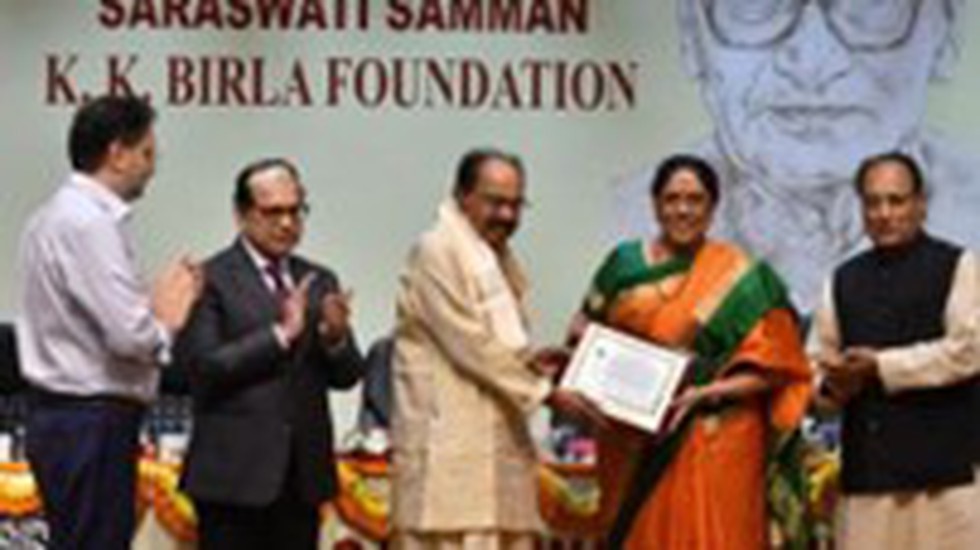
About Saraswati Samman Award:
- It is given annually for outstanding literary works in 22 Indian languages in the last 10 years.
- It is among the highest recognitions in the field of Indian literature.
- The selection follows a rigorous three-tier process leading up to a final decision by Chayan Parishad
- It was instituted by the K. Birla Foundation. (the Vyas Sammanand the Bihari Puraskar are other literary awards instituted by the foundation.)
- It carries a citation, a plaque and prize money of 15 lakh rupees.
Other works of Sivasankari
- Sivasankari’s literary career spans over five decades. She is the author of 36 novels, 48 novellas, 150 short stories, 15 travelogues, seven collections of essays, and three biographies.
- Her 2019 memoir, Surya Vamsam, unfolds in two volumes -- the first is the metamorphosis from a child to a young writer, and the second is the life and times of an acclaimed author spreading her wings.

About Amur falcon:
- It is a small raptor of the falcon family.
- Locally known as Akhuipuina, the bird arrives mainly in Manipur and Nagaland.
- They breed in south-eastern Siberia and Northern China and migrate long distances in large flocks to winter in Southern and East Africa.
- The one-way journey via India is about 20,000 km long and the birds do this twice a year.
- Conservation efforts:
- It is protected under the Wildlife Protection Act 1972 and included under its Schedule IV.
- Hunting of the birds or possessing its meat is punishable with imprisonment up to three years or a fine upto 25,000 or with bonds.
- In 2018, the forest department started a conservation programme by radio-tagging the birds to study their migratory route.
- IUCN: Least Concern.
- Threats: Illegal trapping and killing during migration, habitat loss from agricultural practices and land reclamation.
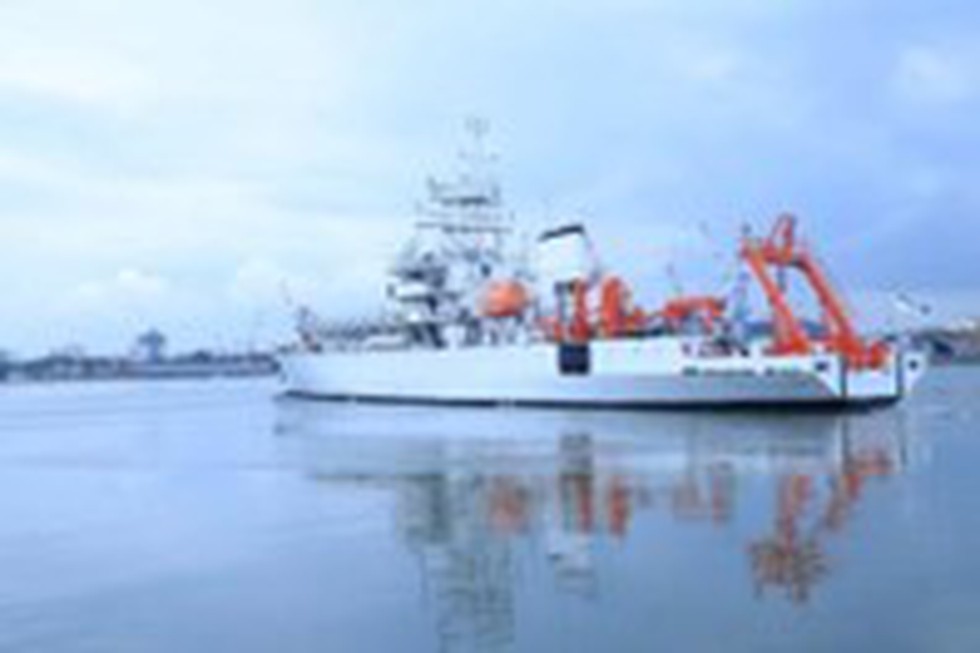
About INS Sagardhwani:
- It is a marine acoustic research ship designed and developed by Naval Physical & Oceanographic Laboratory (NPOL) of DRDO, Kochi and constructed indigenously by GRSE Ltd.
- It was launched in July 1994.
- The NPOL is involved in studying the ocean environment and other related fields.
- The vessel has been engaging in extensive oceanic observing missions and research for the last 25 years.
What is Sagar Maitri?
- It is a novel initiative of the Defence Research and Development Organisation (DRDO).
- It supports the broad objective of India’s policy declaration ‘Security and Growth for All in the Region (SAGAR)’ to promote closer cooperation in socio-economic aspects as well as more significant scientific interaction, especially in ocean research among Indian Ocean Rim (IOR) countries.
- Under the aegis of this policy, DRDO initiated a scientific component named ‘MAITRI (Marine and Allied Interdisciplinary Training and Research Initiative)’, which focuses on establishing long-term collaboration with IOR countries in the field of ‘Ocean Research and Development’.
- The missions aim to establish long-term scientific partnerships and collaborations with Oman, the Maldives, Sri Lanka, Thailand, Malaysia, Singapore, Indonesia, and Myanmar — the eight IOR countries.
- The current mission (SM-4) plan includes scientific deployments onboard INS Sagardhwani in the Northern Arabian Sea and initiating collaborative research programmes with the Department of Marine Sciences & Fisheries at Sultan Qaboos University, Oman.
- These missions give the scientists an opportunity to cooperate and build strong working relationships with their IOR counterparts studying the oceans.
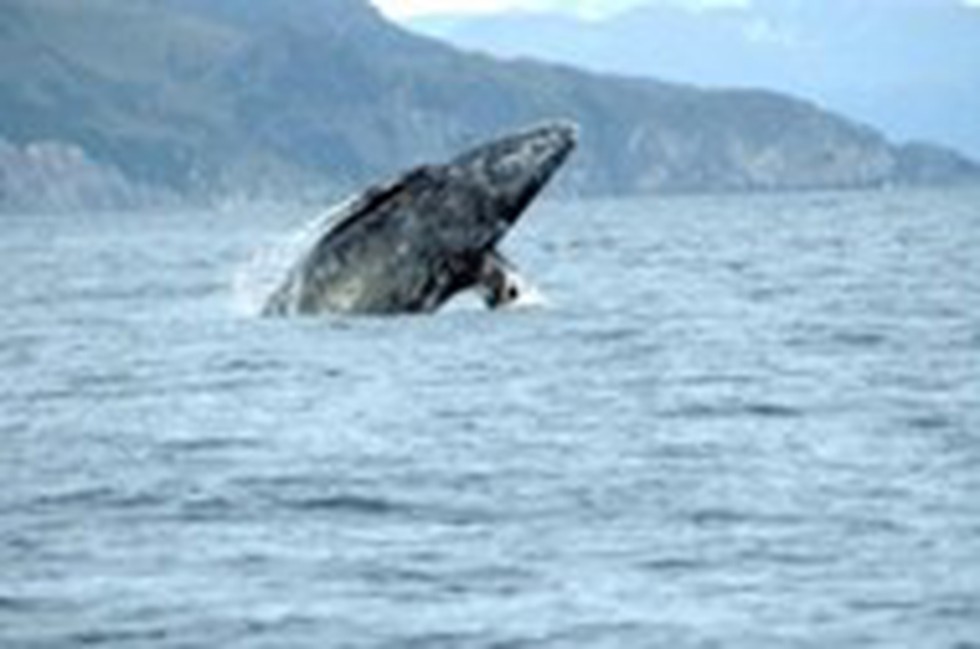
About Grey whales:
- Gray whales have a hump and a ridge of sharp bumps along their backs, instead of a dorsal fin.
- They are a type of baleen whale, which means they filter food from the water through special bristly structures in their mouths.
- They stay close to shore and feed in shallow water.
- They are found mainly in shallow coastal waters in the North Pacific Ocean, although during migration, they do sometimes cross deep waters far from shore.
- There are two geographic distributions of gray whales in the North Pacific:
- The eastern North Pacific stock or DPS, found along the west coast of North America.
- The western North Pacific stock or DPS, primarily found along the coast of eastern Asia.
- Migration journey
- They are well-known for migrations that take them between feeding and breeding areas, swimming as much as 12,000 miles round trip.
- Western gray whales migrate into their summer feeding grounds near Sahkalin Island, Russia in late May or early June and return to their winter feeding grounds in the South China Sea in late autumn.
- Summer feeding grounds for the eastern population lie in the Bering and Chukchi Seas between Alaska and Russia.
- In the winter, these eastern gray whales migrate south along the west coast of the US to Mexico to breed and have their calves.
- Conservation status
- IUCN: Western Grey whale (Critically endangered) and Eastern Grey whale (Least concern)
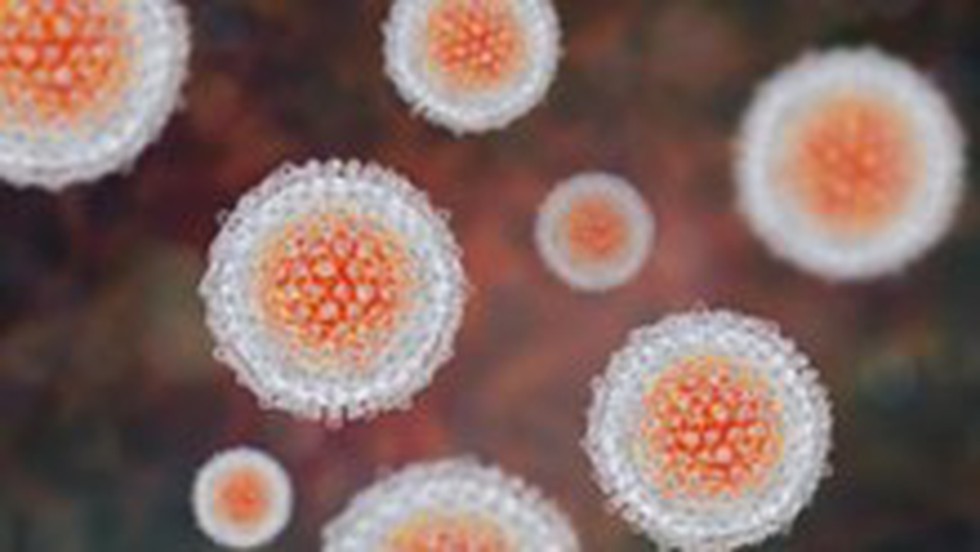
About Hepatitis C:
- It is a viral infection that affects the liver.
- It can cause both acute (short term) and chronic (long term) illness. It can be life-threatening.
- Transmission:
- It is spread through contact with infected blood.
- This can happen through sharing needles or syringes, or from unsafe medical procedures such as blood transfusions with unscreened blood products.
- It can be passed from an infected mother to her baby and via sexual practices that lead to exposure to blood.
- Hepatitis C is not spread through breast milk, food, water or casual contact such as hugging, kissing and sharing food or drinks with an infected person.
- Symptoms: It can include fever, fatigue, loss of appetite, nausea, vomiting, abdominal pain, dark urine and yellowing of the skin or eyes (jaundice).
- Geographical distribution
- This virus infection occurs in all WHO regions.
- The highest burden of disease is in the Eastern Mediterranean Region and European Region.
- New HCV infections are usually asymptomatic, few people are diagnosed when the infection is recent.
- In those people who develop chronic HCV infection, the infection is often undiagnosed because it remains asymptomatic until decades after infection when symptoms develop secondary to serious liver damage.
- There is no vaccine for hepatitis C, but it can be treated with antiviral medications.
What is Gold tier status?
- It includes meeting specific criteria such as
- Ensuring 100% blood and injection safety, maintaining a minimum of 150 needles/syringes per year for people who inject drugs (PWID)
- Diagnosis of over 80% of people living with chronic hepatitis C virus (HCV),
- Treating of over 70% of individuals diagnosed with HCV.
- The establishing of a sentinel surveillance Programme for hepatitis sequelae, including liver can


.png)
.png)
.png)
























































































































































.png)
.png)
.png)
.png)
.png)


.png)
.png)
.png)





.png)
.png)






.png)
.png)
.png)
.png)
.png)
.png)

.png)







.png)
.png)


.png)
.png)
.png)


.png)

.png)
.png)





.jpg)

.png)
.png)


.png)

.png)
.png)
.png)

.jpg)

.jpg)


.png)

.png)
.png)
.png)
.png)
.png)
.png)
.png)
.png)
.png)
.png)




.png)

.png)





.png)
.png)
.png)
.png)
.png)
.png)
.png)
.png)
.png)
.png)
.jpg)
.jpg)

.png)
.png)
.png)
.png)
.png)
.png)
.png)
.png)
.png)
.png)
.png)
.png)
.png)
.png)
.png)
.png)
.png)
.png)
.png)
.png)
.png)
.png)



.png)
.png)

.jpg)
.jpg)


.jpg)
.jpg)
.jpg)
.jpg)
.jpg)

.jpg)








.jpg)
.jpg)
.jpg)
.jpg)
.jpg)

















.jpg)
.jpg)







.jpg)


















.jpg)
.jpg)






























































































.jpg)
.jpg)


























.jpg)

.jpg)










.jpg)








.jpg)




.jpg)










.jpg)


















.jpg)












































.jpg)














.jpg)
.jpg)
.jpg)





.jpg)

.jpg)
.jpg)





































































.jpg)


































.jpg)
.jpg)
















































.jpg)












.jpg)


.jpg)




.jpg)
.jpg)
.jpg)

.jpg)
.jpg)
.jpg)
.jpg)

.jpg)
.jpg)
.jpg)

.jpg)
.jpg)
.jpg)
.jpg)
.jpg)
.jpg)
.jpg)
.jpg)

.jpg)


.jpg)
.jpg)
.jpg)
.jpg)
.jpg)
.jpg)
.jpg)
.jpg)
.jpg)
.jpg)











.jpg)
.jpg)





.jpg)
.jpg)
.jpg)
























.jpg)
























.jpg)









.jpg)
.jpg)







.jpg)
.jpg)









































.jpg)
.jpg)
.jpg)
.jpg)
.jpg)

.jpg)
.jpg)
.jpg)
.jpg)
.jpg)


.jpg)
.jpg)
.jpg)
.jpg)
.jpg)

.jpg)
.jpg)
.jpg)
.jpg)
.jpg)
.jpg)
.jpg)
.jpg)
.jpg)
.jpg)
.png)

.png)
.png)

.png)
.png)
.png)
.png)


.jpg)
.jpg)

.jpg)
.jpg)
.jpg)

.png)
.png)
.png)
.png)
.png)
.png)
.png)

.png)
.png)
.png)
.png)
.png)
.png)
.png)
.png)
.png)
.png)





































































-min.png)



.png)




.png)








































